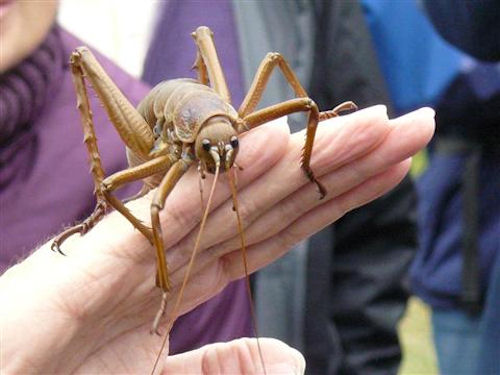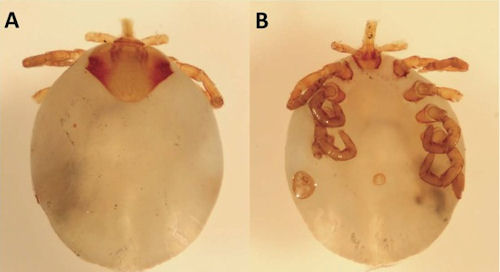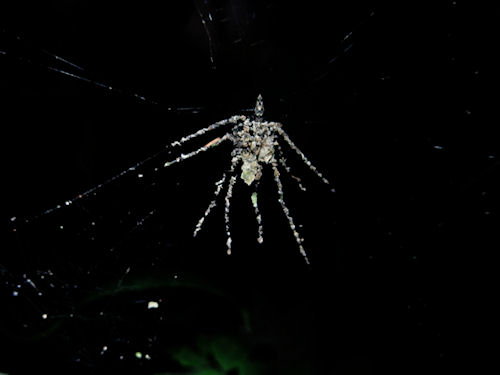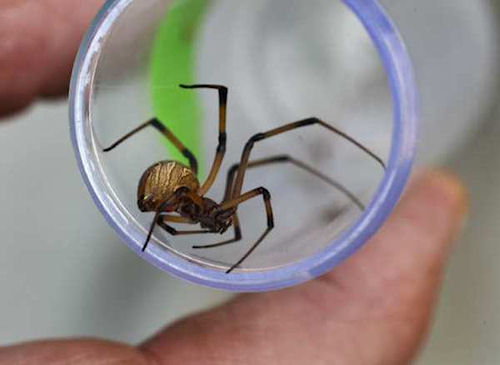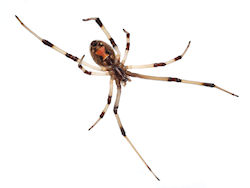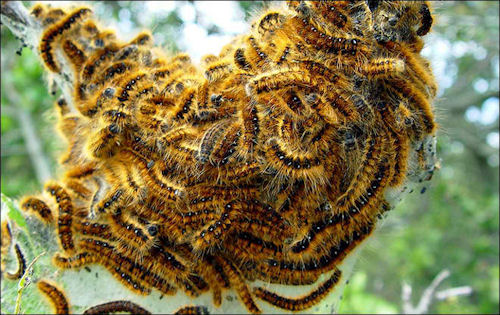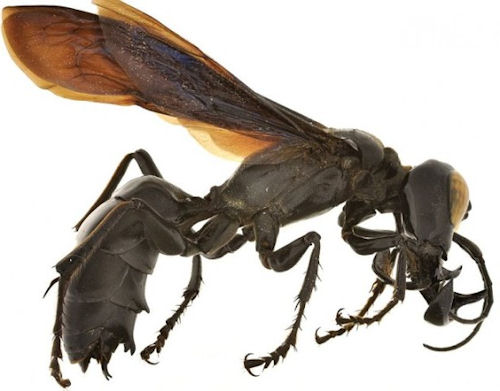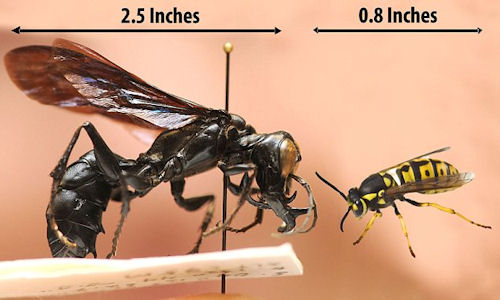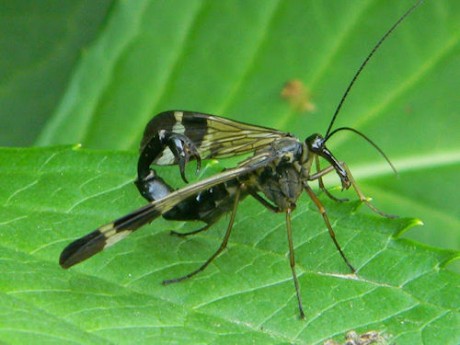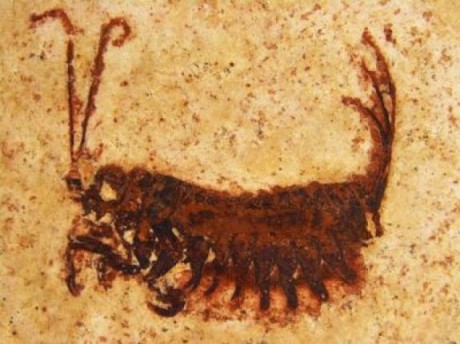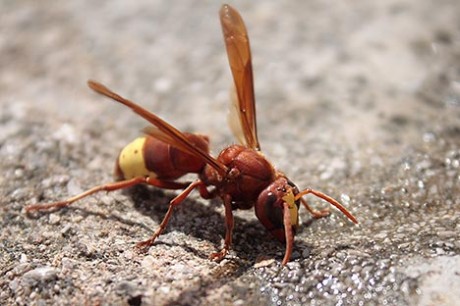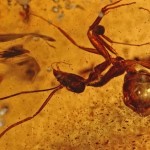Terrifying Insects Back From Edge of Extinction
Thursday, April 10th, 2014There are a LOT of animals being saved from extinction…rhinos, cheetahs, snow leopards, etc,. Most of them are regal or furry or cute or just plain huggable.
The Weta Punga are not ANY of those things.
Weta Punga literally means “God of Ugly Things”.
Nailed it.
The Weta are squirrel-sized insects that can only be described as terrifying. But that’s not stopping a group of animal lovers from bringing the animal back from the edge of extinction. Once the weta flourished in and around the islands of New Zealand. Invasive and non-native species took care of that until only small numbers of the giant insect remained.
Researchers in Auckland began a breeding program to…uh…yay…bring back the populations of weta that once roamed the islands.
Between this year and last almost 400 of these creepers were released into the wild to bring back nightmares to anyone visiting the islands.
